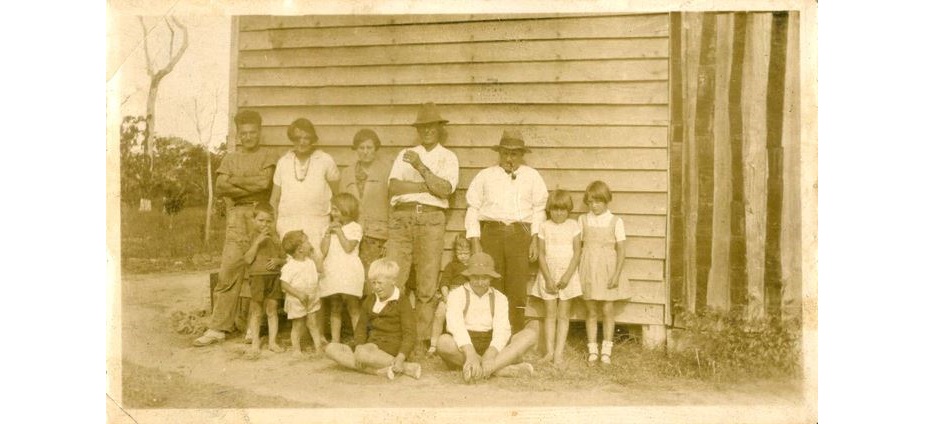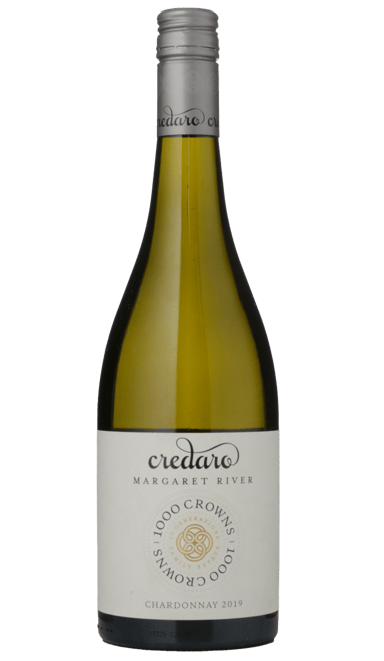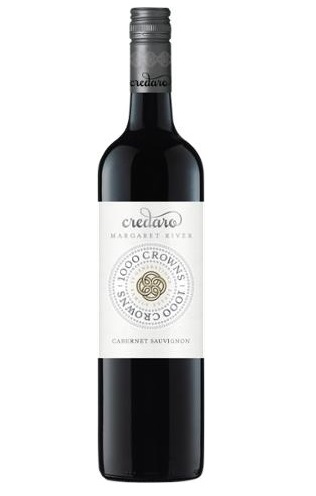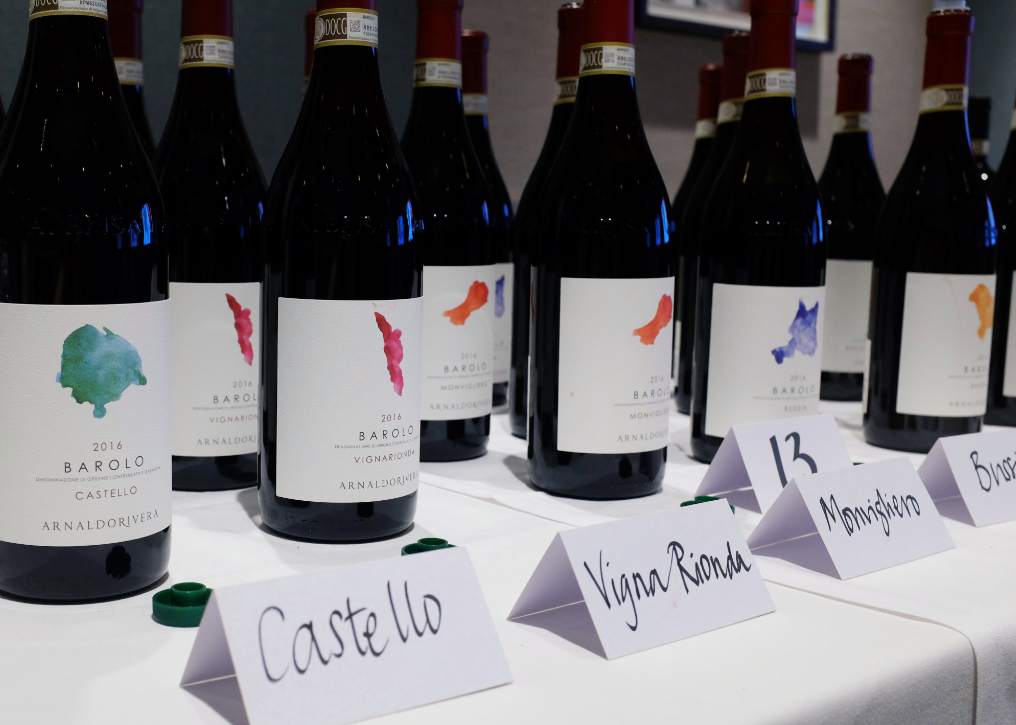1000 Crowns from Credaro
'Outstanding Chardonnay and Cabernet Sauvignon from Western Australia'
2021 Chardonnay, 1000 Crowns - £165 per 6 bottle case in bond
2020 Cabernet Sauvignon, 1000 Crowns - £180 per 6 bottle case in bond
A new reviewer, Angus Hughson, who has recently started to see his articles published on Vinous recently commented that ‘Today Margaret River is liquid gold, particularly thanks to vineyards planted with Chardonnay and Cabernet Sauvignon, with the region’s curious climate making it one of the few regions in the world that has proven itself to be highly suitable to both Bordelaise and Burgundian grape varieties.’ I entirely agree; it is these two varieties that fascinate me most in the Margaret River and, while I may favour certain estates such as Moss Wood for their Cabernet and Leeuwin for their Chardonnay, or Voyager Estate for both varieties, I am becoming increasingly impressed by a wider group of producers, some of whose wines represent great value by comparison too.
One such property is Credaro; a new one on me that was introduced to me by an Australian friend. To be honest, I had no recollection of ever hearing the name of the estate, which is odd given it is considered one of the oldest family wineries in Western Australia. It was founded in 1922 by Cesare Credaro, the great grandfather of the current owner, who was originally, as the name may suggest, from northern Italy. Their vineyard holdings are extensive, with over 140 hectares under their ownership, covering seven sites with five key vineyards in Woolston (where the original block of vines was established on some 55 hectares), Carbanup, Wilyabrup, Yallingup and Treeton. Their top wines are marketed under the label ‘1000 Crowns’, so called as that is the price that Cesare paid for the land when he first arrived from Italy.

Both the Chardonnay and Cabernet have won plaudits over recent years as Robert Credaro and his sons look to push quality forward. In fact, their 1000 Crowns Chardonnay won Best Regional Chardonnay at the 2019 James Halliday Chardonnay Challenge – no mean feat given the competition of far more famous estates. Production of the 1000 Crowns range is limited as these wines represent the finest selection of fruit from across the estate. I was seriously impressed by both wines, as well as the Chardonnay and Cabernet Sauvignon under the Kinship label, the next tier down. Kudos to winemaker, Trent Kelly, as the quality is strong up and down the range.
Now, I have included the reviews below from Erin Larkin, whose Australian reviews now appear on The Wine Advocate. Erin is not a relative; had she been, I would have used my family connection to have a word about the 1000 Crowns Chardonnay score as I rate it just as highly as she chose to rate the Cabernet. I include her notes in full alongside my own, so you can see where we agree and where we differ. Interestingly, she comments on longevity on the Cabernet but offers much shorter drink dates than she does for the Chardonnay. And in comparing views on the Chardonnay, I didn’t feel any lack of acidity – I found it an energetic style with ample fruit to balance, hence my suggested drink dates.

2021 Chardonnay, ‘1000 Crowns’, Credaro
£165 per 6 bottle case in bond
Just 640 cases of 6 produced in the 2021 vintage.
Pale in hue, the aromas here suggest juicy peach, grapefruit and citrus with a certain smoky, leesy touch. Such a zesty style, with plenty of tension to underscore a beautiful fruit – all fully ripe stonefruits, nectarine, peach and grapefruit. The concentration is certainly not obvious, in fact the wine takes time to open – it is an energetic style with a saline note to the acidity as well as a gently creamy texture, yet the fruit is bold. So harmonious, beautifully poised, there is a sense that there is so much more to come in time, as is borne out by the fact that this 2021 just blossomed with air. Really intrigued to see how this performs in time as it seems to have a tight core of fruit. (SL) Drink : 2022-2032.
92 points, Erin Larkin, robertparker.com
This is routinely a powerful, concentrated wine, and despite the cooler year on display here, the 2021 1000 Crowns Chardonnay is no exception. Salted peach, apples, brine, rhubarb, a sprinkle of custard powder and exotic spice adorn both the nose and palate. The acid departs with a little flick of the wrist, but otherwise this is all in place. 2022-2035

2020 Cabernet Sauvignon, ‘1000 Crowns’, Credaro
£180 per 6 bottle case in bond.
Just 520 cases of 6 produced in the 2021 vintage.
This Cabernet comes out the blocks straightaway – dark in the glass, youthful crimson to the rim, the nose captures deep dusky fruits, blackberry, blackcurrant and blueberry with a deft touch of spicy oak in the background. What impresses most is the textural impression; the tannins are so sweet, finely expressed and simply add to the overwhelming sense of elegance. That blue and black fruit melange evidenced on the nose is also revealed on the palate; juicy, ripe but with a savoury accent and subtle hints of dark chocolate and spice. Again, there is a sneaky concentration here, and great capacity for ageing. This has a bright future ahead. (SL) 2022-2033.
95 points, Erin Larkin, robertparker.com
Brilliant wine, here. The 2020 1000 Crowns Cabernet Sauvignon has concentrated berries and spice wedged into the folds of tannin that fill the mouth. 2020 was a vintage that produced wines just like this, and all in all, it was a fantastic vintage in Margaret River. This is a good example of what was possible across the board in the region, and it will age very well. Impressive wine. 2022-2028
I can only think that the Credaro wines enjoy a strong home market as they are new to the UK, but I hope to get to know the range well over time, given these first four examples (I tasted two in the Kinship range and the two 1000 Crowns above).
Please let us know of your interest.
All the best,
Simon



